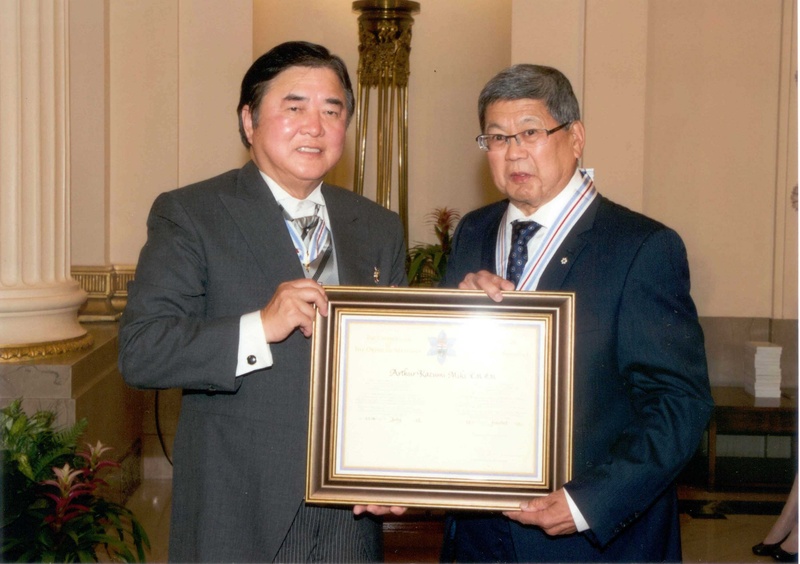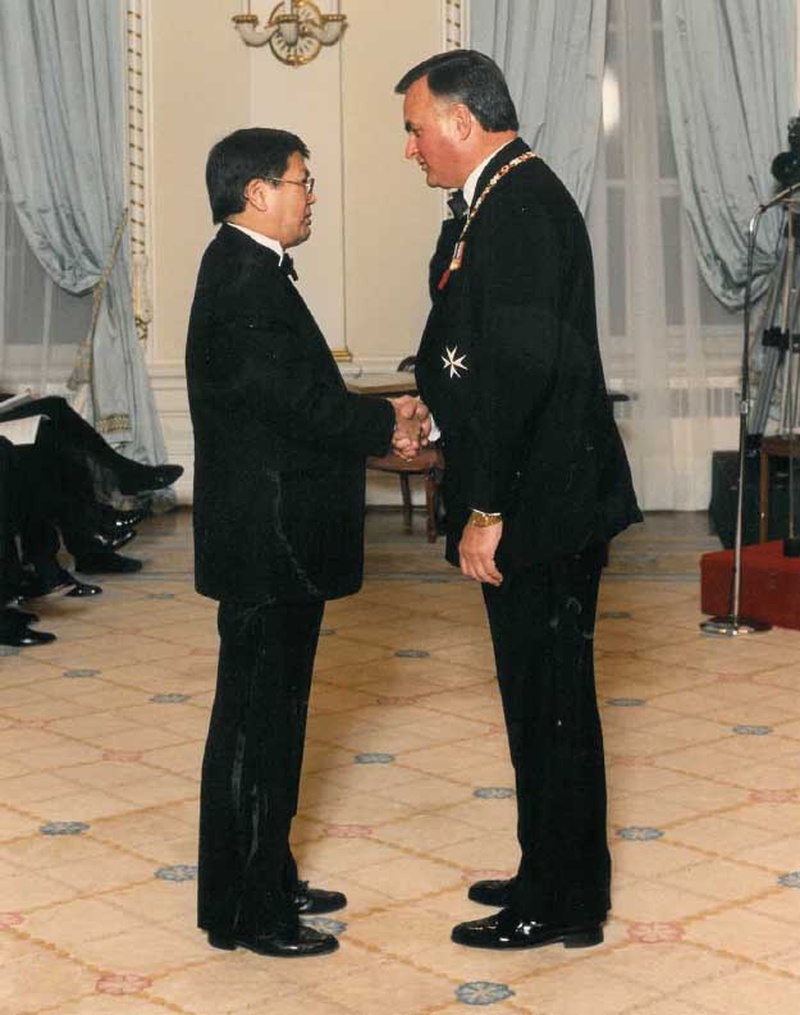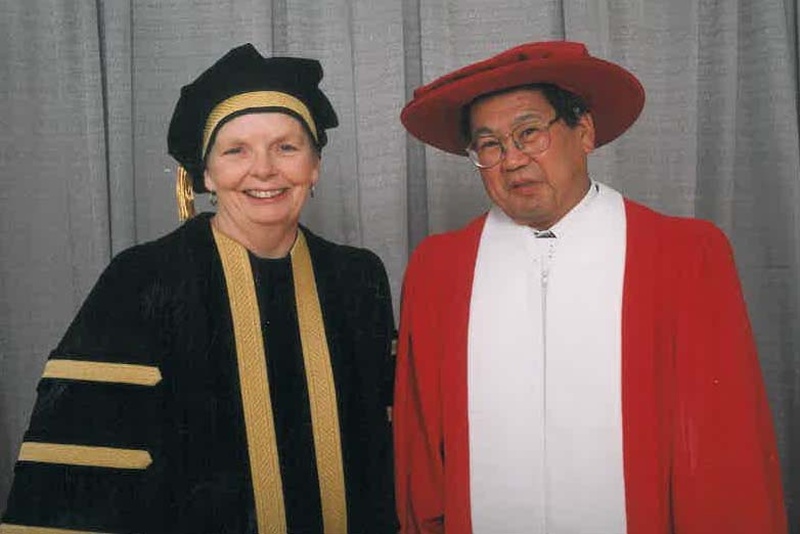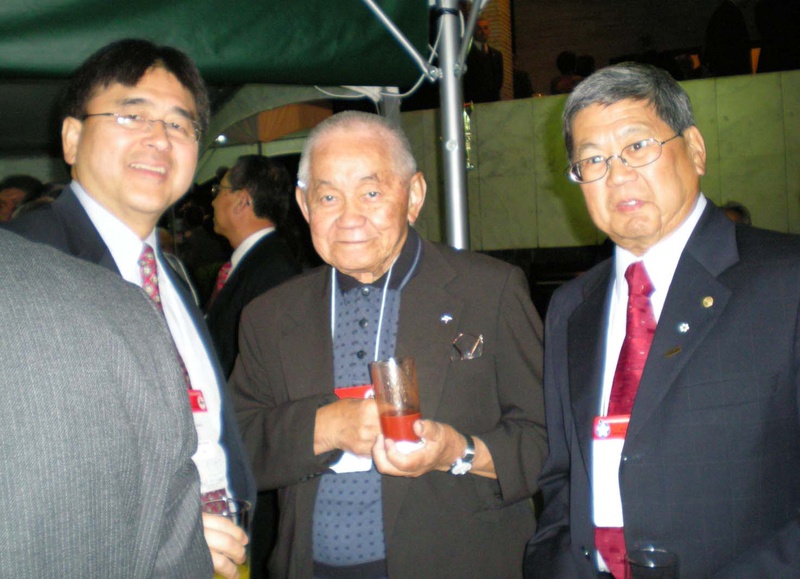Why is the NAJC still relevant today?
The NAJC has an important role to play especially as a human rights watchdog and in helping the local community organizations survive. Many are having difficulty in finding leaders and volunteers to maintain the organization. The NAJC can provide resource and monetary assistance for leadership programs, recruiting on volunteers and youth.
Unless the NAJC takes a more forward approach in assisting local organizations they will eventually fold and then this will diminish the future role of NAJC.
How do the Ijusha figure into today’s national community?
I know that Manitoba receives a limited number of Japanese immigrants annually, not enough for them to form their own independent organization. We have encouraged and invited recent immigrants to use the facility for their gatherings and activities. We have three post-war immigrants on our Board, many participate in community activities. At the national level we have had one or two participate at the organizational level. We need to be proactive in getting the Ijusha involved.
I play a limited role with NAJC although I attended the last AGM as a representative of the Japanese Cultural Association of Manitoba of which I am the president. I’m also chairing the Community Renewal Committee for the NAJC.
What are some of the most pressing issues that face JCs today?
What is your role with the NAJC today?
For me the survival of the Japanese Canadian community will depend on how the younger generation is nurtured. This will depend on people such as the present leaders to be role models and encourage and support the younger members in developing leadership skills. The importance of taking an active role in preserving and sharing our culture and history.
Activities such as Preserving Family Stories are important to do now. Offering programs to attract the younger generation who are mostly of mixed backgrounds. Find out what will get their involvement. Otherwise our organizations will no longer be relevant.
I feel that in 2015 there is some resurgence in the younger generation who appear to be more interested in the community. We have to realize that the majority of the younger generation are part Japanese so their interest in Japanese heritage is dependent on the attitude of their parents with the community. Unfortunately there are many middle-aged Japanese who are more interested in being part of the greater community and so involvement with the JC community is not a priority. The younger generations seem more involved in the Winnipeg community with activities such as Folklorama in which we host a Japanese pavilion as part of a multicultural festival. I’m hopeful that the interest will continue but it’s up to local organizations and NAJC to promote youth leadership.
We need to be concerned about human rights issues as the JC community is a prime example of how easily basic rights can be taken away by the government. This legacy is one that needs to be used to justify speaking out against any oppression as we are a living example of what can happen to a group but also tell the story of how redress was achieved because of belief in democratic principles of equality and fairness.
What can we use from our JC experience to teach other immigrant groups?
May need to change the structure of NAJC to have the sole focus on human rights violations and protections.
As a Citizenship Judge for 10 years, I shared the experience of Japanese Canadians, especially the denial of citizenship rights with new immigrants. It was a way of showing the evolution of citizenship from the days when not all Canadians were treated equally to today where we enjoy many rights and freedoms. I often talk to students and also to university classes related to the internment and loss of our basic rights.
Your most satisfying experience?
I would say that the most satisfying experience was the ten years I spent as a Canadian Citizenship Judge. Over the period from 1998 until 2008, I had approved and sworn in over 40,000 new citizens and conducted over 1,000 ceremonies not only in Manitoba but across Canada. During the ceremony I would share the story of my family, especially about my parents who were born in Canada and yet did not have citizenship rights as they were denied the right to vote. Many people came up to me after the ceremony and thanked me for sharing my personal story because they had not realized that people in the past such as the Japanese were not treated equally or fairly.
Through interviews I had the opportunity to hear many sad and happy stories; the struggles they faced in their homeland, life in refugee camps, but also how appreciative they were of the opportunity to live in a democratic society. The new citizens had hopes for a better life for their children and placed a high value on what it means to be a Canadian. So often when I’m at a mall or downtown shopping, people would come to me and thank me for being the judge that granted them citizenship. This is when I realize the impact I have had on so many lives. Being a citizenship judge has been an overwhelming, rewarding experience and one that I will forever cherish.
How are you spending your retirement years? Are you working on an autobiography or memoir?
I had been teaching an Education class at University of Winnipeg until last year. Today, I work out daily at the gym putting maintaining health as my number one job. So far I have been in great shape and had had no health problems. Touch wood. I still am president of the local Japanese organization and president of the Asian Heritage Society of Manitoba that organizes Asian Heritage Month activities in May. I’m still on the Canadian Race Relations Board.
I have written a manuscript on my Redress experience but have not gotten around to publishing it.
How do you want your activity with the Redress movement and the NAJC to be remembered?
I’m not sure how I want my involvement in the redress movement or NAJC to be remembered. I believe there is enough written materials on redress that explains my involvement.
Any final words that you can direct to younger Nikkei?
Be proud of who you are. Learn about your past, heritage, and learn about your grandparent’s lives. Get involved with the Japanese Canadian community and meet people who have similar experiences.
Resources:
History of Japanese Canadians (National Association of Japanese Canadians)
Internment and Redress: The Japanese Canadian Experience (A Resource Guide for Social Studies 11 Teachers)
Student Sample: Secondary (JapaneseCanadianHistory.net)
CBC Digital Archives: Second World War
National Association of Japanese Canadians
Nikkei National Museum & Cultural Centre
© 2015 Norm Ibuki














